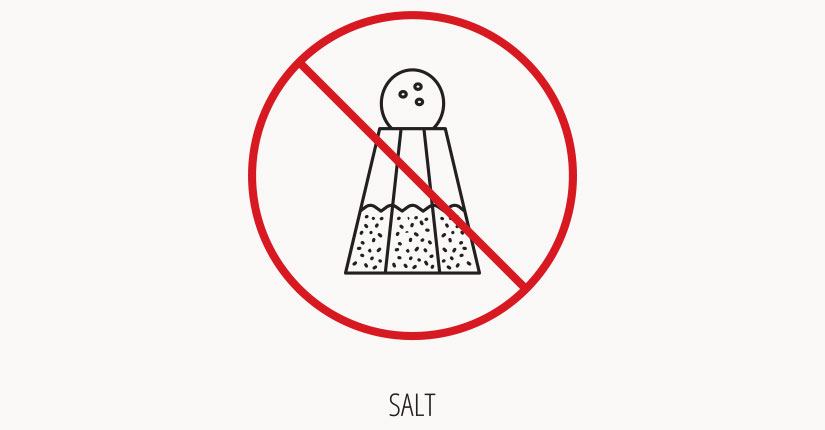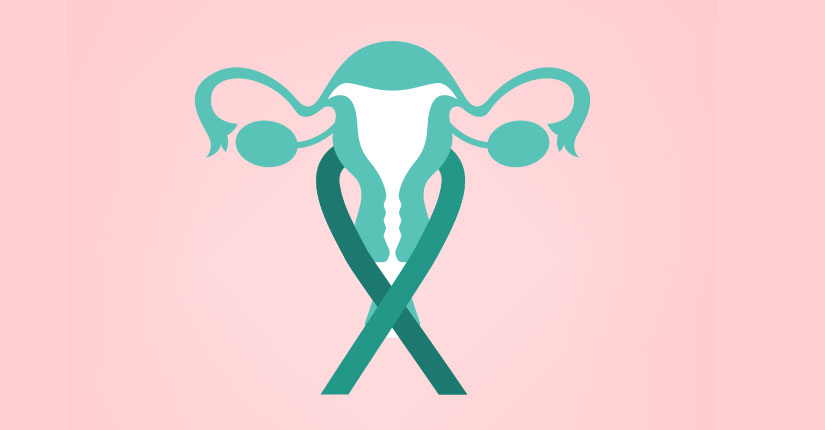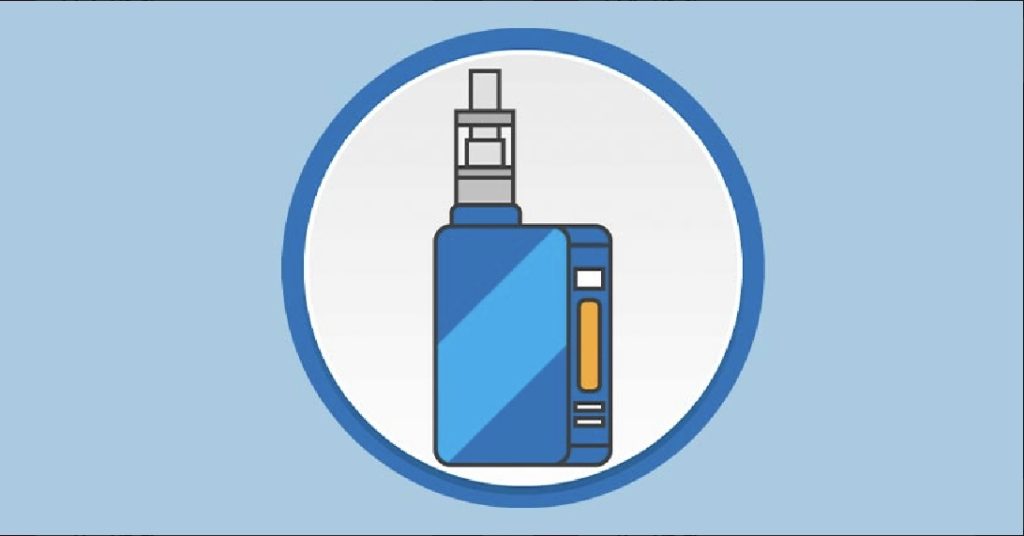Talk of Safe Love: This Contraception Day Let’s Understand the Different Contraceptive Measures
By Nmami Agarwal 26-Sep 2021 Reading Time: 5 Mins

Contraceptive measures enable people to choose when they want to have a baby and have safe sex practices. Many methods are available for both men and women that can help prevent pregnancy. Some methods are more reliable than others. The efficiency of a method often depends on how carefully it is used by a person. The contraceptive pill, for example, if used correctly, is over 99 percent effective.
Methods of contraception include oral contraceptive pills, implants, injections, patches, vaginal rings, Intrauterine devices, condoms, male and female sterilization, lactational amenorrhea methods, withdrawal, and many other methods. These methods have different mechanisms of action and effectiveness in preventing pregnancy. Let’s talk about different contraceptive measures for men and women:
Contraceptive measures for Women:
- Female condom: The female condom, also called femidom, is made of polyurethane. It has a flexible ring at both the ends. One part of the condom fixes behind the pubic bone to hold the condom in place and the other ring stays outside the vagina.
- Sponge: A contraceptive sponge is inserted in the vagina and it has a depression to hold it in place over the cervix. Foam is also placed into the vagina using an applicator. The foam is a spermicide that destroys the male sperm, and the sponge acts as a barrier that stops the sperm from reaching the egg.
- Cervical cap: A cervical cap is a thimble-shaped, rubber barrier device that fits over the cervix and blocks the sperm from entering the uterus. Before sexual intercourse, it is inserted with spermicide to kill sperm. Visit your doctor for a proper fitting because cervical caps come in different sizes.
- Patch: A patch is worn on the lower abdomen, buttocks, or upper body but not on the breasts. It releases hormones, namely progestin and estrogen into the bloodstream. You have to put on a new patch once a week for three weeks. During the fourth week, you can stop wearing a patch, so you can have a menstrual period.
- Contraceptive pill: The combined contraceptive pill has to be taken daily. It contains two hormones, estrogen and progestin and the hormones stop the release of the egg. They also make the lining of the uterus wall thinner. These pills are easily available but consult a doctor before starting one.
Contraceptive measures for Men:
- Male condom: The male condom is made of polyurethane or latex that forms a barrier and prevents pregnancy by stopping sperm from entering the vagina. It has to be placed over the penis before sexual intercourse begins. It can also help in preventing the spread of sexually transmitted infections (STIs).
- Vasectomy: A vasectomy is the only permanent form of contraceptive measure for males. A vasectomy is a method that involves surgery by cutting or tying the vas deferens to stop sperm from entering the urethra and getting passed along to a female sex partner.
Over to you:
This Contraceptive Day try to incorporate safe sex practices by using some of the contraceptive measures listed above. After all, the health of your loved ones is most important for you! Also, consult your doctor for proper guidance.





















